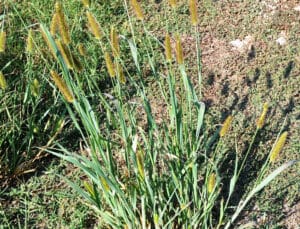Ilex opaca
Description
True to its name, the American Holly is the most popular Holly cultivar in the country. Why? Well, for starters, it’s disease and pest resistant, making it ideal for creating an effortless hedge or privacy screen. Plus, it’s versatile. American Holly Trees can be trimmed as a foundation hedge or as a secure, tall privacy fence. And they require minimal care, growing in a variety of climates and resisting mildew, disease and insects.
Thick branches grow out from top to bottom, so the American Holly is well-suited to screening and privacy. And bright red berries pop against deep green foliage during winter, and creamy white flowers bloom in the springtime, giving you a variety of color over the seasons.
Planting
Plant your American Holly tree in an area that receives full to partial sunlight (4 to 8 hours of sunlight per day). For a hedge or privacy screen, plant your American Hollies about five feet apart. And make sure that your American Holly doesn’t sit in a low area of the yard that collects standing water. When you’re ready to plant, dig a hole that’s about 2 to 3 times the width of the root ball (and just as deep), place your American Holly and back fill the soil. Add organic material to your soil to lighten the texture and improve drainage. Finally, mulch the surrounding soil to preserve moisture and water once planting is complete.
Watering
Keep your soil moist until your tree is established. Once American Holly Trees are established, they’re drought tolerant and only need extra water during dry spells. Until then, we recommend watering about once weekly or checking the surrounding soil for dryness (use your finger to check the soil about 2 inches down).
Fertilizing
Each year, in early spring, fertilize your American Holly Tree with a slow-release fertilizer for an acid-loving shrub (something like Holly-Tone).
Pruning
If you intend on letting your cypress tree grow to its full, mature height then very little pruning will be needed. If you plan to keep your trees from growing past a certain point or want them to stay in an ornate shape, then pruning more regularly will be required.
Pollination
You will need both to produce berries on the female plant. For best results, we suggest planting in groups to enjoy berries on the female plants and lush greenery on both year-round.
| Growing Information | |
| Mature Height: | 20-50 ft |
| Mature Width: | 10-20 ft |
| Sunlight: | Full Sun |
| Bloom Time: | |
| Growth Rate: | Moderate |
| Grows Well in Zones: | 5-9 |
| Your Growing Zone: | 6 |





